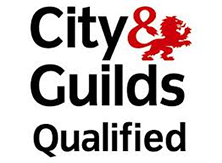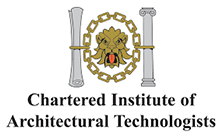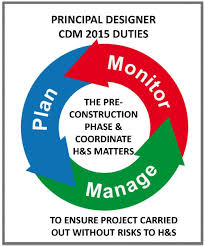Think about Greenwich and the first thing that will pop into your mind will most likely be the National Maritime Museum building. It is a world-famous UNESCO World Heritage Site, and while it seems to dominate the architecture around Greenwich there is far more to the borough’s architectural history than just its famous museums and Royal Park.
Living in and around Greenwich offers a choice of architectural styles that spans our most famous eras – from Georgian in the 1600s, through Victorian, Edwardian, 1930s retro and all the way to the modern day. In fact, the National Maritime Museum itself may be a Victorian building but the recent extension, completed in 2011, is of a sleek, contemporary design, marrying up the traditional with the contemporary seamlessly.
We take a walk around Greenwich and explore all that it has to offer in terms of architecture, style and aesthetic design in the area’s homes.
Victorian architecture in Greenwich
The Victorian era was perhaps one of the most prolific house-building times in London’s, if not the country’s, history. Not only was it one of the longest reigns for a monarch (surpassed only her great-great-granddaughter Queen Elizabeth II) but it also marked a turning point in history and ushered in the Industrial Revolution. With more and more people moving to the city for work, the demand for homes rose fast. Rows of terraced and semi-detached houses began to appear and the ‘two up, two down’ design was born which can still be seen in many a home today.
Victorian architecture is defined by its classical style, the bay windows which became a signature feature, and the much wider variety of materials used in construction. The rapid changes that took place at the time included the advent of the railway system, enabling materials to be brought in from further afield.
Such materials included plate glass for windows, which were larger than those of its predecessor Georgian era, and polished granite or terracotta bricks. Colourful brickwork replaced the white and cream-only rendering of bricks of the past. Tall ceilings allowed light into front rooms, and bay windows enabled occupants to read or write comfortably.
The National Maritime Museum renovation included the expansion of the Grade I listed building with a modern design that was sensitively conceived, placing the majority of the museum’s new space underground so as not to detract from the original Victorian façade.
Did you know?
Legend has it that Queen Anne, wife of King James I, was hunting in Greenwich Park in 1614 when she accidentally shot one of his favourite dogs. The king was so upset that he swore at her while in public – a grave insult at the time. To make up for it and apologise to her, he gave her the Manor of Greenwich.
Edwardian architecture in Greenwich
Following Queen Victoria’s reign, King Edward VII saw a different architectural style come into Greenwich. Edwardian architecture covers a much shorter period of time – from 1901 to around 1920. While Victorian architecture came about as a result of people moving into cities for work, Edwardian architecture coincided with a desire to live in the suburbs and escape the dirt and noise of the city.
This led to a boom in construction of larger homes with bright, double-aspect rooms, larger hallways, and front and back gardens to ensure privacy. This style also brought back an attention to detail that had been lost in Victorian designs.
Edwardian properties also have steep-pitched roofs with chimneys placed directly above fireplaces, which meant they were often found half-way down the side of the roof. Dormer windows, where loft extensions had been included to maximise accommodation space, began to appear – something that is still popular today.
Did you know?
The Greenwich Foot Tunnel was built in 1902 to replace an unreliable and weather-affected river crossing to reach the docks and shipyards on the north side of the River Thames. Today it is used by around 1.2 million people each year.
Georgian architecture in Greenwich
Greenwich town centre is dominated by Georgian architecture, a striking example of building design, even to this day. Characterised by cream and white rendering on bricks, it is also still common to see bricked-up windows, a response to rising taxes associated with the number of windows a home had.
Find out more about Georgian architecture and what makes it such as striking style.
Retro architecture in Greenwich
Retro architecture defined the 1930s when semi-detached homes, many of them flats and apartments, began to replace Edwardian architecture as people looked to continue moving into the suburbs. Cheaper materials such as pebbledash were used as belts were tightened during the Depression, and there was a rise in home ownership as people invested their money in bricks and mortar. Surviving examples can be seen around Greenwich Park.
Find out more about retro architecture and why only pockets of it remain.
Extending or renovating your home
With space and cost at a premium for many, moving into a bigger or more modern home is not always an option. Expanding by adding an extension or converting a loft can give you that extra space that you want. It is possible to do this no matter what architectural style defines your home – the key is in using the right materials to preserve your home’s aesthetic.
At Wilson Architectural Building Designs we have 25 years of experience of delivering results for our clients and we are sure that we can do the same for you too.
Let us help you design your home
Why not talk to us about how we can help you extend or convert your home too? We will help you get the extra space you need without the fuss – here’s how we have done it before for some initial inspiration.
Ask us anything about architecture and building consultancy.
We’re ready to advise.






